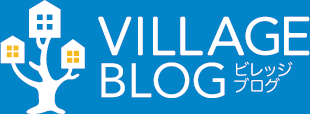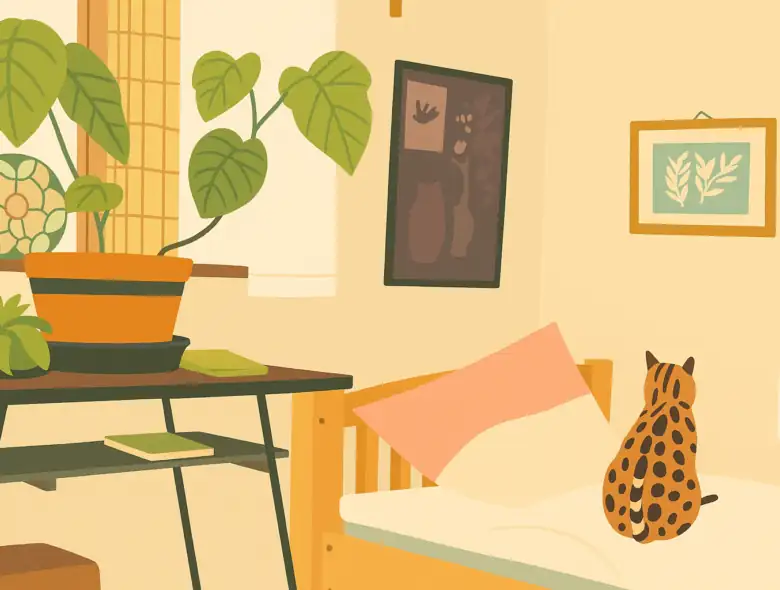So, you’ve moved into your new home. Congratulations! However, now that you’ve unpacked and settled in, you realize that your walls are looking a little… sparse. You decide you want to liven up your living space a little and perhaps add a bit of flair and color, so you start thinking about putting up some art. But how to do so without damaging the walls? Read on to find out.
Terms

Before you unleash your inner interior decorator, it’s important to check your lease for any limitations or restrictions on decorating and personalizing your rental space. While it is possible to decorate a rental apartment or house in Japan, it’s important to do so within the parameters set up by the landlord or real estate housing company.
No Damage

One of the best and most cost-effective ways of hanging artwork on the walls without damaging them is to use adhesive strips or command strips. These nifty things are a convenient option if you have lighter artwork and smaller frames you want to hang up. They work by sticking to both the wall and picture frame, eliminating the need for nails and screws but still strong enough to hold your artwork and décor up against the walls. They also come in various sizes and strengths, which makes them a versatile choice if you have artwork of different sizes and weights.
Another option is to use Blu Tack or poster putty, both of which are types of pressure-sensitive adhesive putty that’s a popular alternative to tape and adhesive strips, especially if you want to put up posters, photos, ticket stubs, and other similar lightweight items on walls and doors. Blu Tack is easy to use and doesn’t damage the walls though they might leave a small stain if left for long periods of time. They can also be easily repositioned and taken off the walls to be reused without causing damage. You can read more about Blu Tack here.
A third option you can try, which can be found in almost every 100 yen store and stationery shop in Japan is washi tape. Washi tape is a kind of Japanese multi-purpose decorative tape that can be used to put up lightweight items such as posters and photos on walls. Find out more here.
If you’re really concerned about pasting or sticking anything to the walls, then you might want to try S-hooks and/or over-the-door hooks. These are s-shaped hooks typically made to hang over a railing, tops of doors, or places on the wall that jut out a little. S-hooks are usually made of strong materials such as steel or stainless steel, making them durable and capable of holding heavier artwork items.
Considerations

If you are unsure whether or not the above suggestions will work on your walls or if they may cause damage, it’s always a good idea to do a small test with the product on a discreet area of the wall you wish to hang your artwork up on. The walls of many Japanese homes tend to be thin and flimsy, so it’s good to take precautions.
Sticking with smaller and lighter art pieces of decorations is also the way to go to avoid damaging the walls. Such items are better suited if you want to use adhesive strips, Blu Tack, washi tape, etc. to adhere them to the walls.
Another consideration you may want to make is to go frameless or stick with posters. You can always use washi tape to “frame” the art piece or poster if you want to add a little border or pop of color to the art piece.
Tips and Tricks
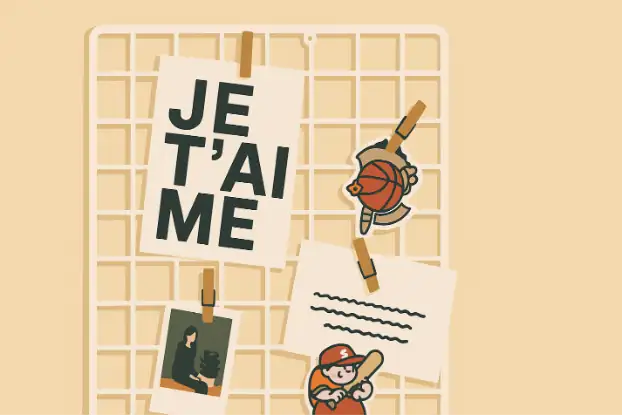
It probably comes as no surprise that Japan is a humid country, especially in summer. This means that any adhesive you may put on your walls to keep your artwork up may start slipping as the humidity kicks up in warmer weather. You can combat this by using double-sided tape as it offers a stronger hold, both against the wall and the art piece, without causing damage to the surface of the walls. You can also hunt around for moisture-resistant adhesives in one of the many 100 yen stores or stationery shops in Japan.
You can ensure the longevity of your adhesive strips, washi tape, and Blu Tack by giving your walls a thorough cleaning and wipe down to remove any dust and debris. This will allow the adhesive strip or tape of your choice to stick properly and firmly to the surface of the wall. However, make sure the wall is fully dry before sticking anything to it.
Many Japanese walls are textured due to them being made of plaster, so they’re somewhat soft. This means you can use picture hooks to hang up your art pieces. Picture hooks are plastic hooks with small pins behind them that you can use to push into softer walls. They will pierce the walls but not make a noticeable hole or dent. You can also use push pins in the same manner to hang up some lighter items.
Alternatives
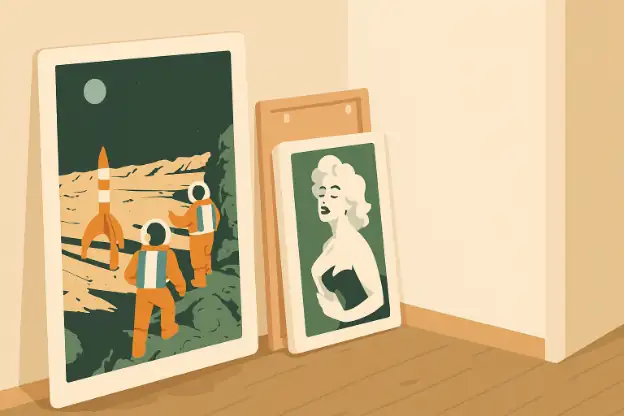
If your lease prohibits you from decorating your walls or the landlord or housing company isn’t quite keen on you doing so, then perhaps it’s best to avoid any potential damage fees that may come with decorating the walls. Instead, you might want to purchase a display cabinet or some open shelves to rest your art pieces and picture frames on. You may also opt for simply leaning your art piece against the wall or propping it up again on a chair in the corner of your room. Other alternatives include purchasing a freestanding grid wall, which you can then hang stuff on using S-hooks and clothes pegs, or a cork board that you can pin stuff to using push pins.
Typically, leases for a rental apartment or house discourage or outright prohibit tenants from conducting major modifications such as painting the walls, drilling holes into the walls, and making major structural changes to the space. Thus, it’s important for you to read the lease carefully, and to ask the landlord or real estate agent about any changes you may want to make to the space before signing it. Real estate companies like Village House, for example, have a website where you can email your enquiries and browse through their database of available rental units, and book an appointment for viewing.
Happy decorating!
Related articles:
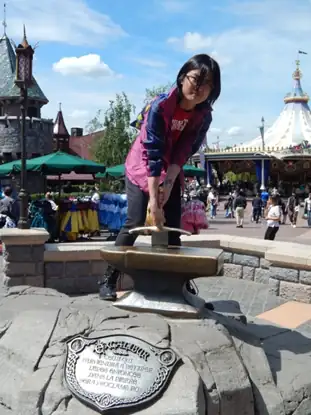
Freelance writer with over 2 years of experience writing for the Village House Blog, ESL teacher, and digital nomad who has lived in countries including The Czech Republic, The UK, The U.A.E., Japan, and most recently, Georgia. Is constantly on the hunt for the best, most optimal apartment for remote work when not enjoying going to film festivals, concerts, and the theater.

